“This is what rituals are for. We do spiritual ceremonies as human beings in order to create a safe resting place for our most complicated feelings of joy or trauma, so that we don’t have to haul those feelings around with us forever, weighing us down. We all need such places of ritual safekeeping. And I do believe that if your culture or tradition doesn’t have the specific ritual you are craving, then you are absolutely permitted to make up a ceremony of your own devising, fixing your own broken-down emotional systems with all the do-it-yourself resourcefulness of a generous plumber/poet.” ― Eat, Pray, Love
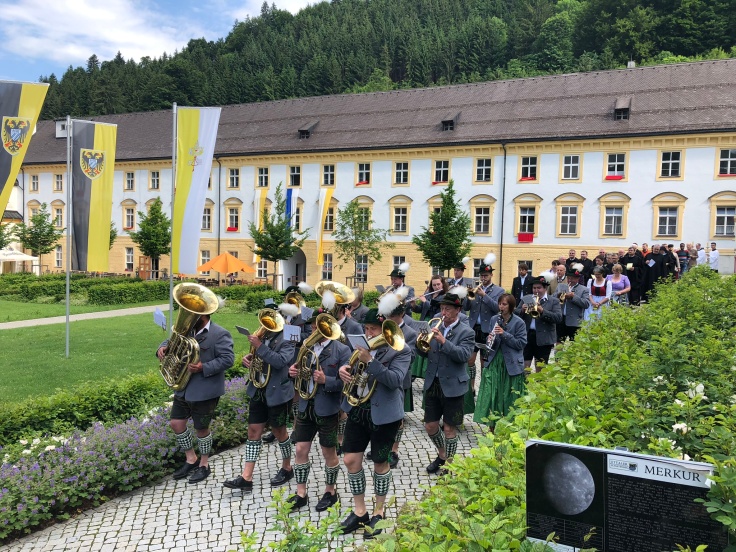
Thursday, June 20—One of the highlights of the pilgrimage was a visit to Ettal Abbey, founded in 1330 by Emperor Ludwig the Bavarian, for the procession celebrating the feast of Corpus Christi, a ritual dating back to 13th century Italy. The procession of parishioners, visitors, musicians, and clergy started after Mass by leaving the chapel and threading its way through abbey grounds, flower gardens and nearby pastures of sheep and cows. There was something so sacred about the singing, chanting, the aroma of incense, the sound of the sheep bells clanging as they walked or bent to eat. Not understanding hardly any words, there was still a deeper understanding that there was something holy happening here. The meditative walking and liturgical pauses along the way, a pilgrimage of sorts, were hints that this ritual pointed to something much more.
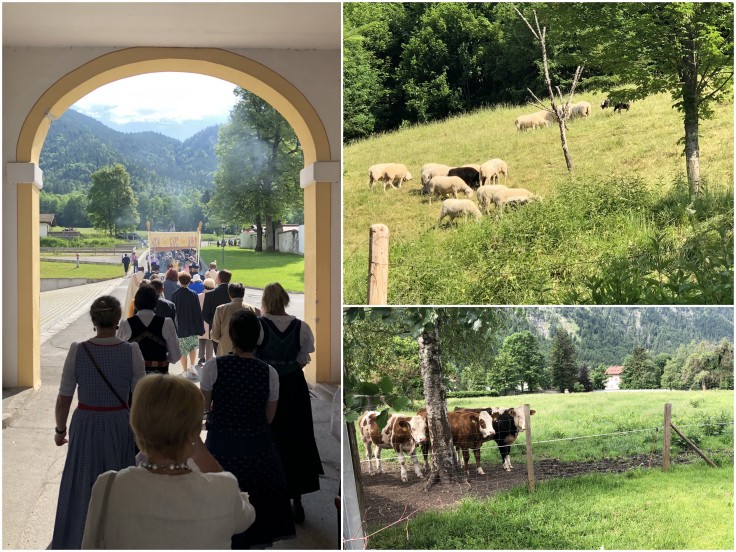
The Corpus Christi procession is a Catholic ritual, one of the hundreds that are celebrated during the liturgical calendar, but rituals can also be created by oneself or in small communities and groups to help commemorate or honor a special experience. Thomas Merton wrote that a ritual is “imbued with the beloved’s presence.” James Finley, in Thomas Merton’s Path to the Palace of Nowhere: The Essential Guide to the Contemplative Teachings of Thomas Merton, notes that “we need a holy place or thing to awaken us to the holiness of everything.” Rituals convey a sense of the spiritual and holy, if not during the ritual, oftentimes later when one is reflecting and remembering. Rituals connect us to something more than ourselves, not just with our intellect, but through our senses, our heart, and soul. Rituals are packed with divine meaning. (Read Fr. Mauritius Wilde’s ritual of embracing the cross as an example.)
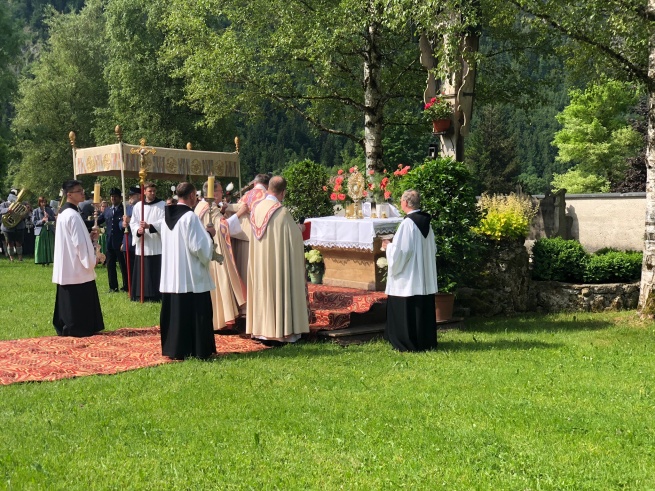

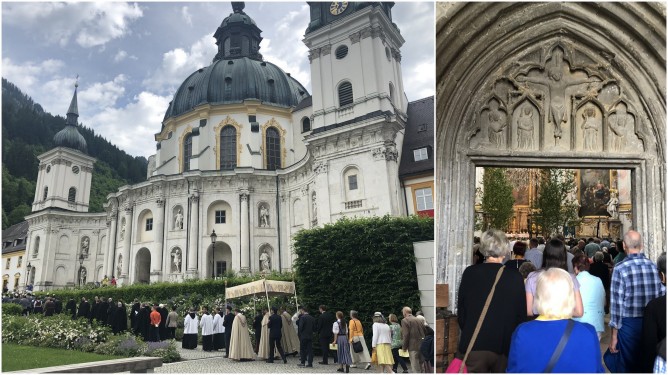
When the procession ended, we had a tour of the chapel and sacristy.
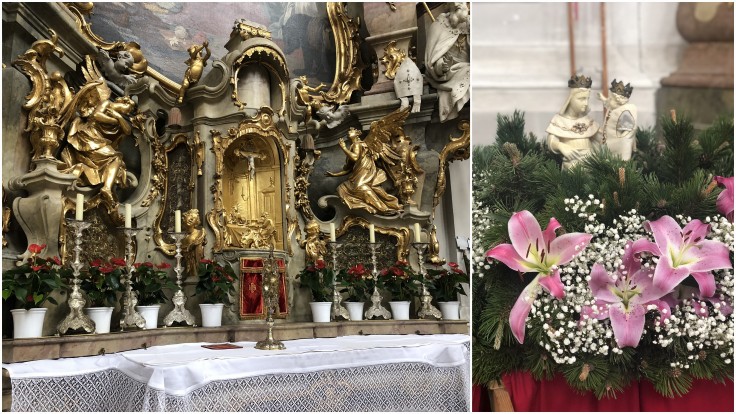
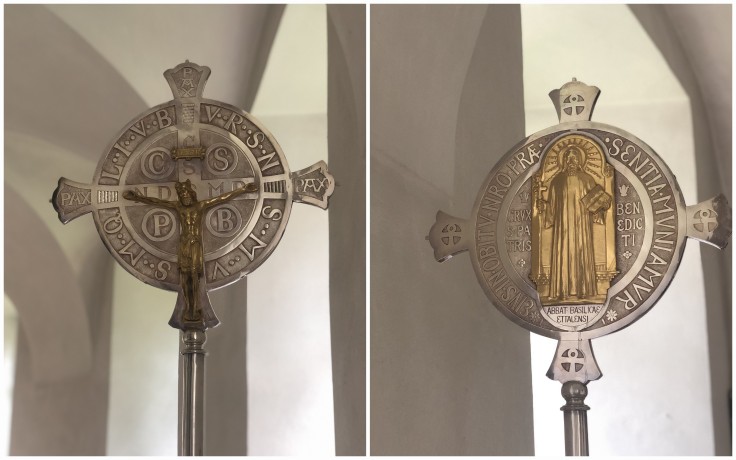
A crazy-quick stop at the Wies Church, a famed pilgrimage church, was our next stop. A beautiful sight, but not truly appreciated because we ran in a torrential downpour (me with an inverted umbrella) and was soaked from head to toe for the rest of the afternoon. Next time it rains so horizontally, I will stay on the bus. Just sayin’.
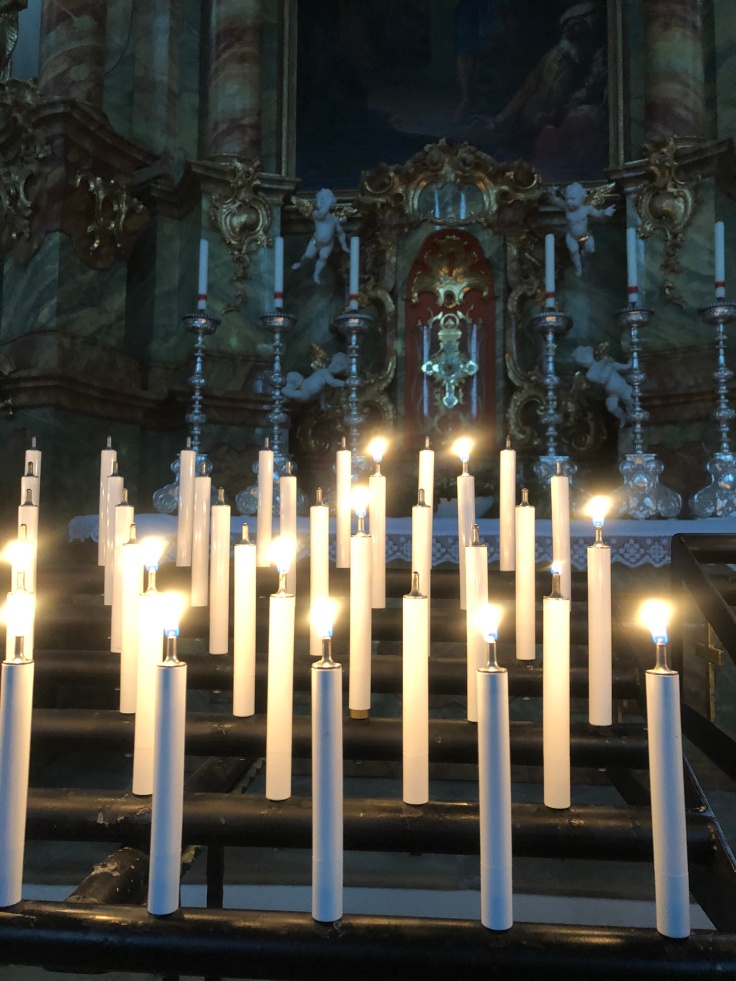

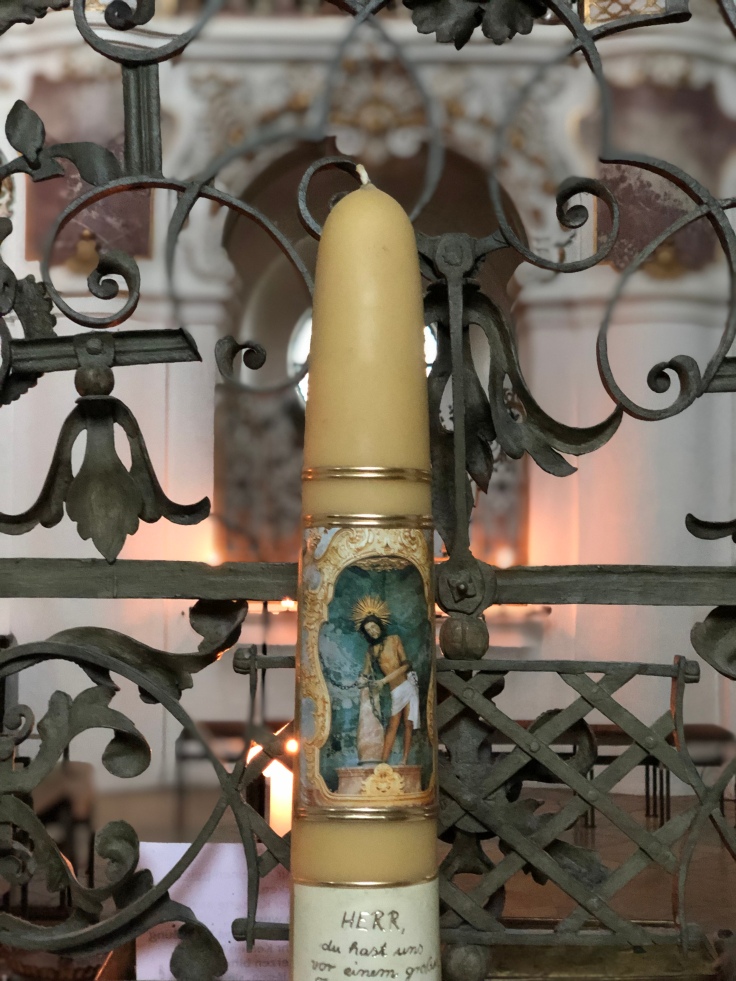


Our evening ended with another ritual—vespers or evening prayer, one of the five times a day the Divine Office is prayed—at the monastery of the Missionary Benedictine Sisters of Tutzing. We were treated with a tour of their chapels, wonderful conversation with Sister Antonia, time to admire the architecture and art, dinner and an evening walk at the lake.

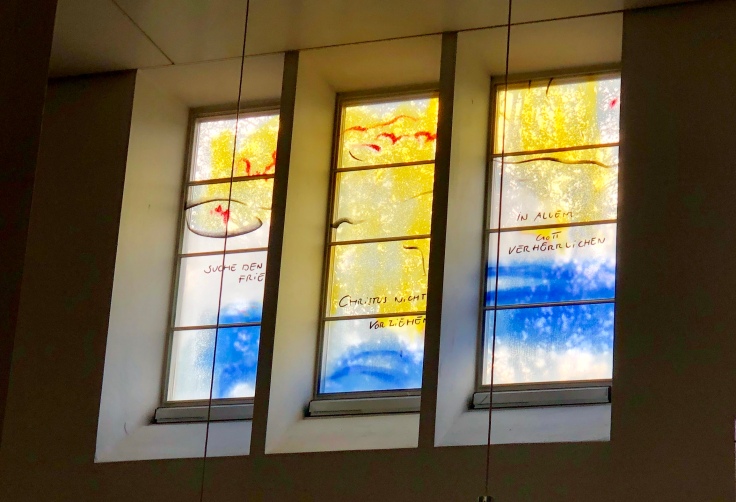

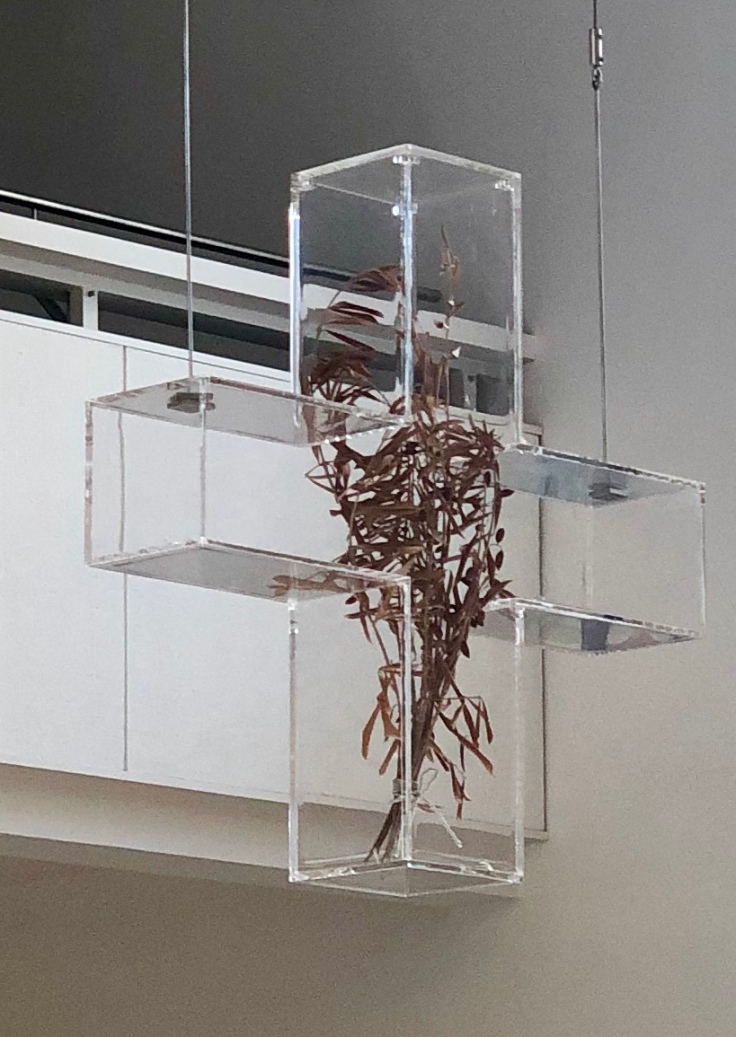

The hospitality was joyful, genuine and insightful. I feel a special connection to this monastery, partly because it birthed from St. Otillien, just as Münsterschwarzach Abbey was, but also because these Benedictine women are intelligent, educated, spiritual, outspoken missionaries making strides for all women in the Church.

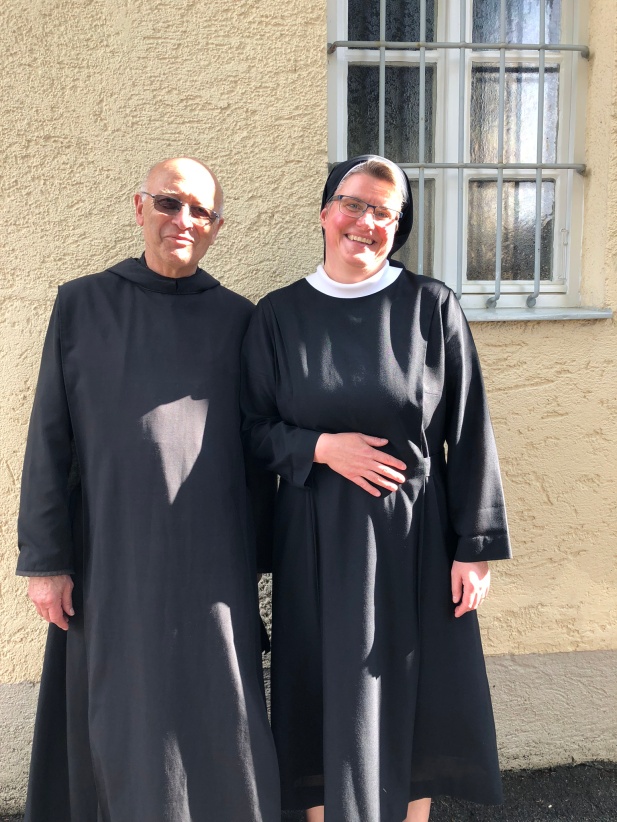

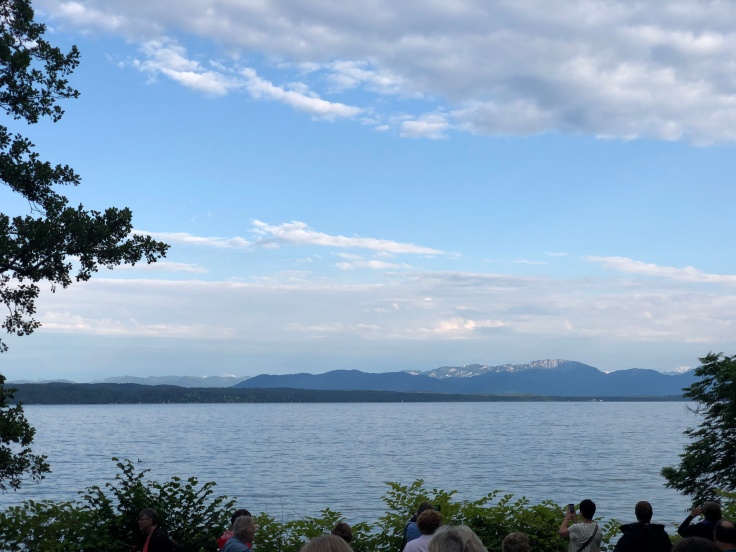
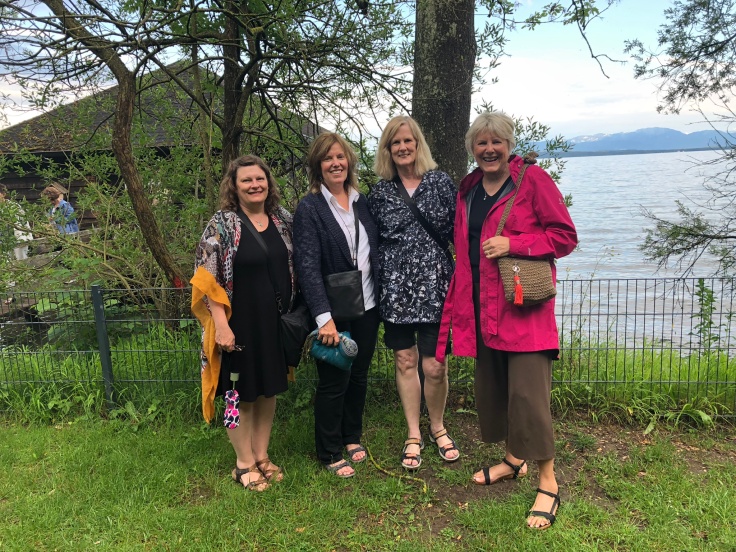

We returned to St. Otillien for our final night before heading to Austria!
For more Benedictine Pilgrimage posts.
Reflection from Pilgrim Denise: “The procession at Ettal was the first time I cried on our pilgrimage. It reminded me of all the things I love about the Catholic church. There are so many things I don’t love but the rituals remain one of the things that will forever tie me to the church. The tears came when we passed the sheep. Just the sound of the bells and the peacefulness of the sheep grazing on the hillside caused the emotion to well up. I think in that moment everything that helps me to connect to God came together- nature, ritual and music (in this case the sound of the bells). I just felt so close to God and felt so grateful that I was there in that very moment in time. I also enjoyed seeing all the folks in their native dress and I thought of the history of that place and how history helps us to stay grounded and connected.”

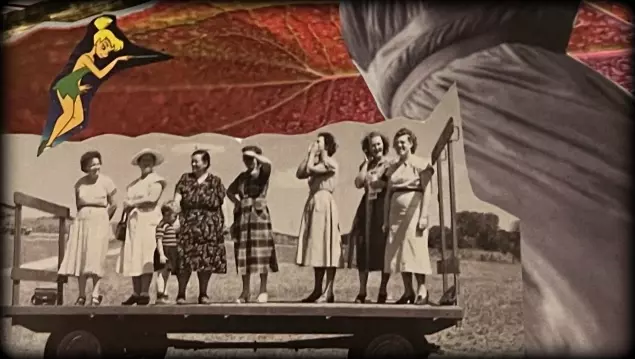
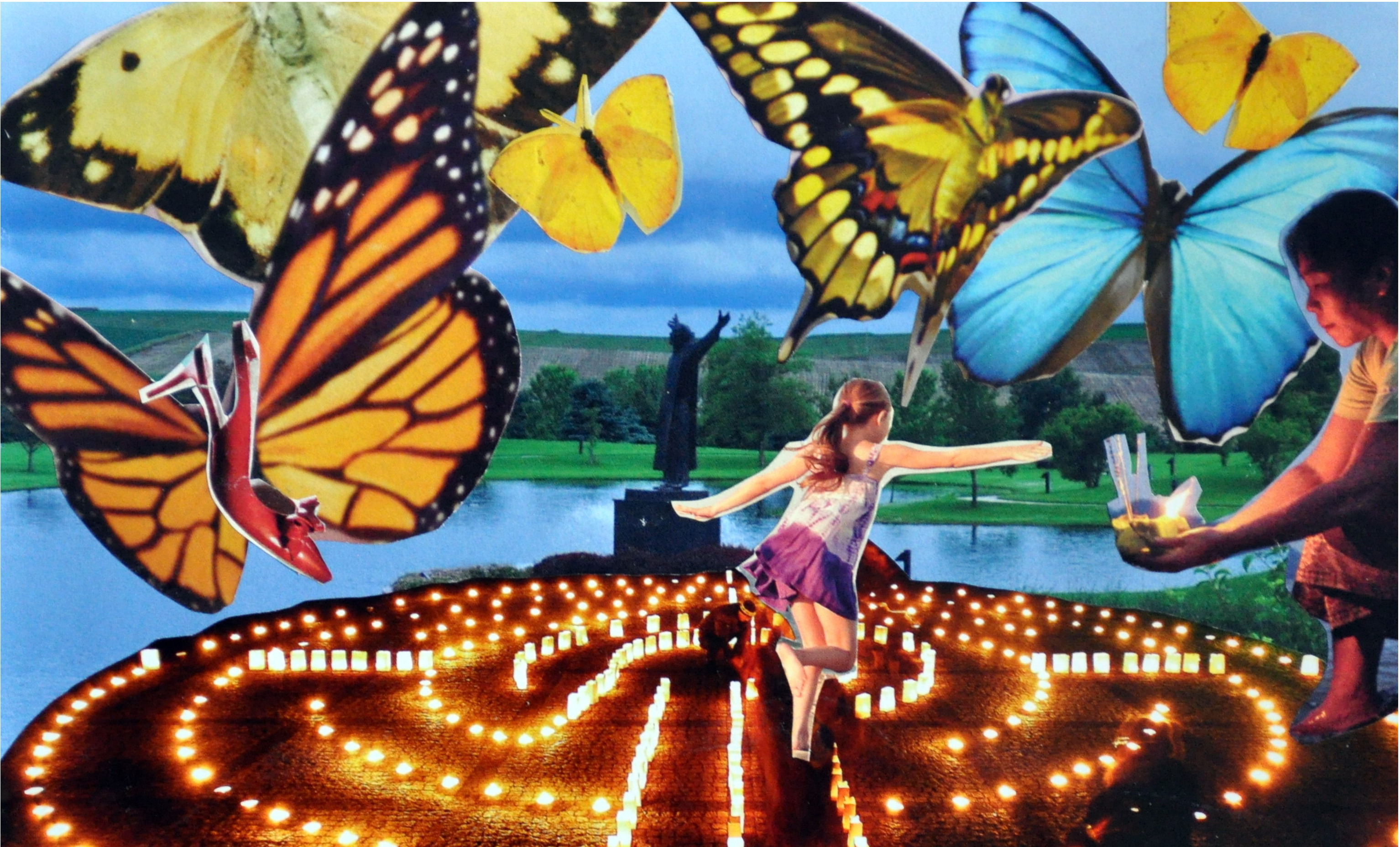
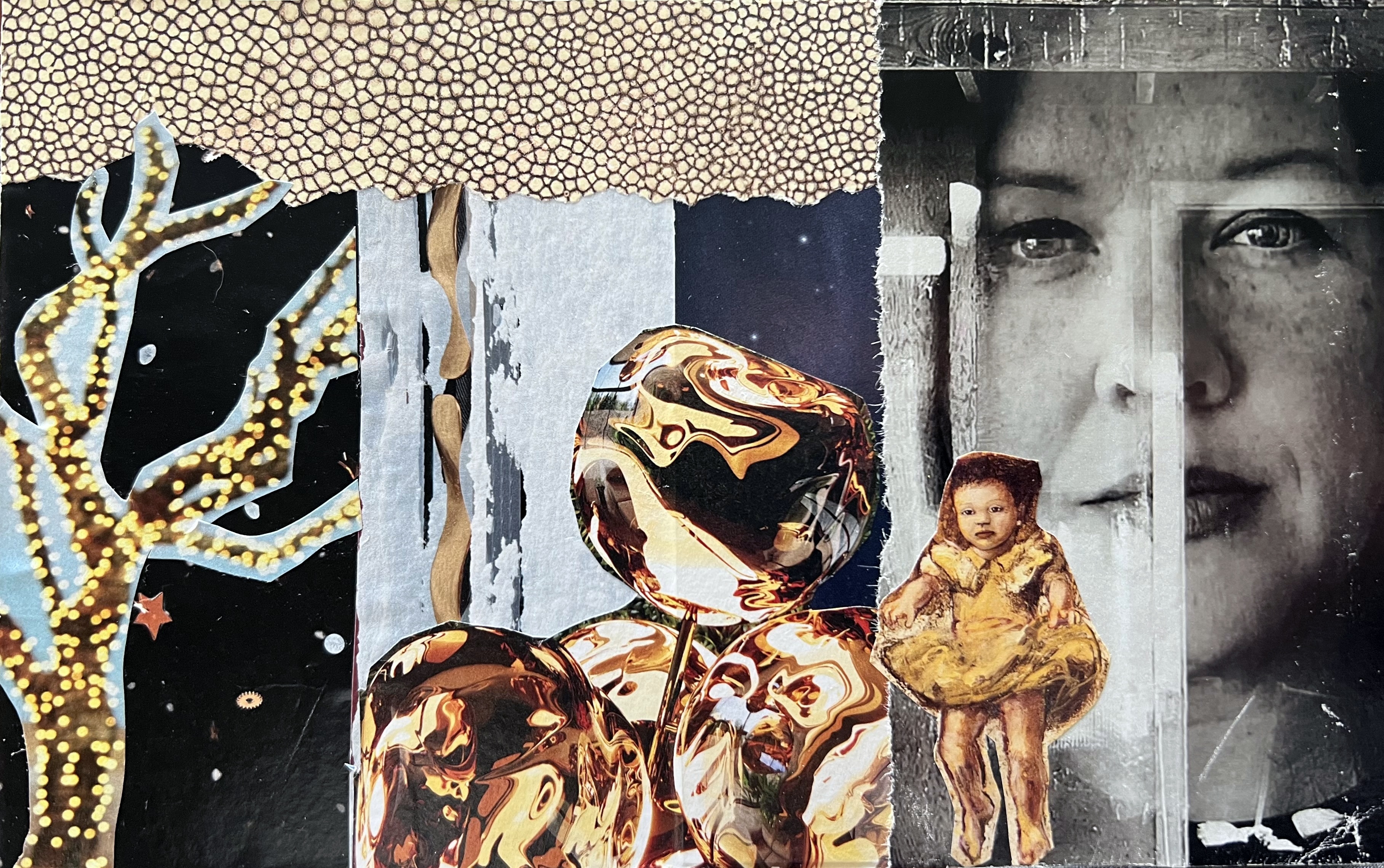
August 8, 2019 at 1:03 pm
The procession at Ettal was the first time I cried on our pilgrimage. It reminded me of all the things I love about the Catholic church. There are so many things I don’t love but the rituals remain one of the things that will forever tie me to the church. The tears came when we passed the goats. Just the sound of the bells and the peacefulness of the sheep grazing on the hillside caused the emotion to well up. I think in that moment everything that helps me to connect to God came together- nature, ritual and music (in this case the sound of the bells). I just felt so close to God and felt so grateful that I was there in that very moment in time. I also enjoyed seeing all the folks in their native dress and I thought of the history of that place and how history helps us to stay grounded and connected. Could you share your photos at Wies church. I don’t think I got many there but these made me smile remembering the rain. Just those few would be fine. Thanks Jodi!
LikeLiked by 1 person
August 8, 2019 at 7:07 pm
I will add your reflection to the post. Thank you!! I’ll also send the photos via email.
LikeLike
August 8, 2019 at 7:29 pm
Could you send me your email–I seem to have lost the group email that I sent out to everyone. Yikes!! If you still have it, could you reply back to me? THANKS!
LikeLike
August 9, 2019 at 1:14 am
dfamlopez@cableone.net
LikeLike
August 9, 2019 at 1:16 am
I meant to say sheep, not goats. Can you correct this?
LikeLike